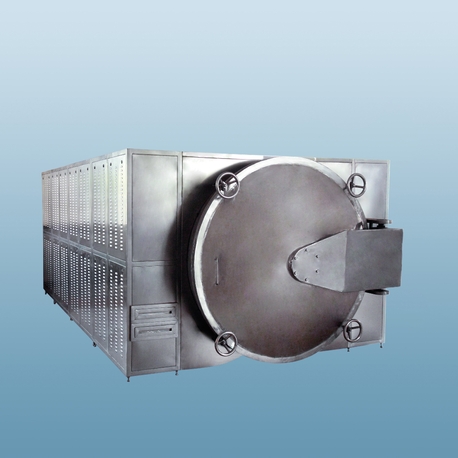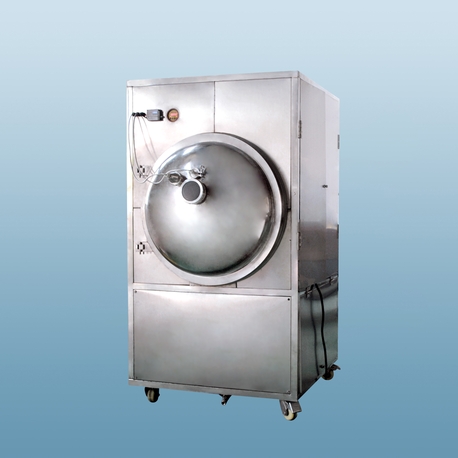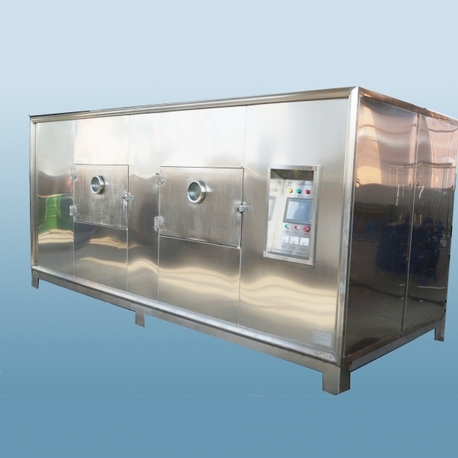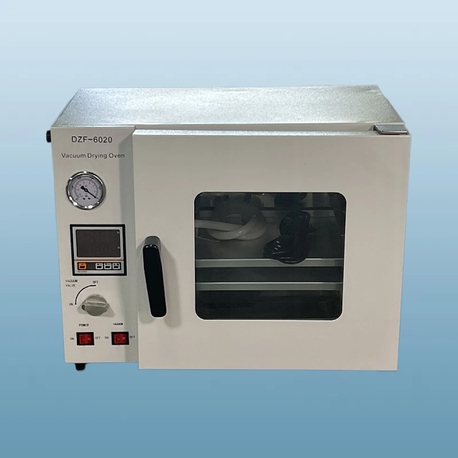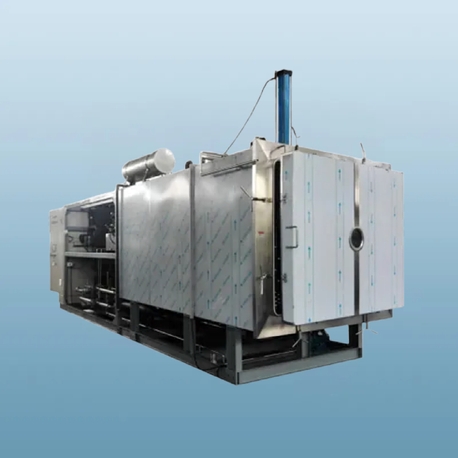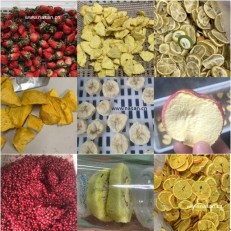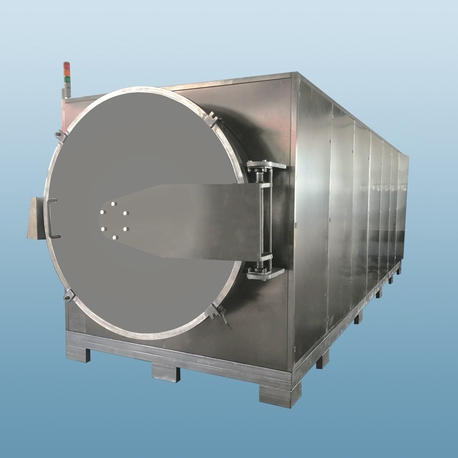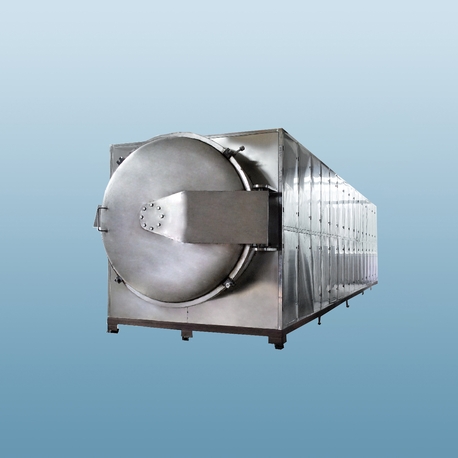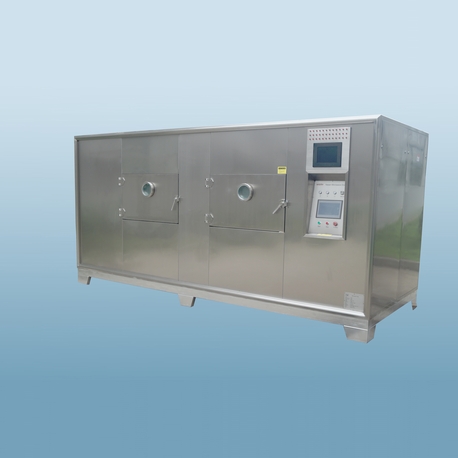In today's fast-paced food industry, the demand for efficient preservation methods has never been higher. A food dehydrator is a vital piece of equipment that removes moisture from food products, extending shelf life, reducing waste, and enhancing nutritional value. Widely used in industrial and commercial settings, these devices play a crucial role in food processing, agriculture, and even pharmaceuticals. This comprehensive guide explores seven key aspects of food dehydrator technology, highlighting its importance, functionality, and applications in the global market. By understanding these elements, businesses can optimize their operations, improve product quality, and meet growing consumer demands for sustainable and healthy food options. Whether you're involved in large-scale manufacturing or specialized drying processes, this article will provide valuable insights into how a food dehydrator can transform your operations.
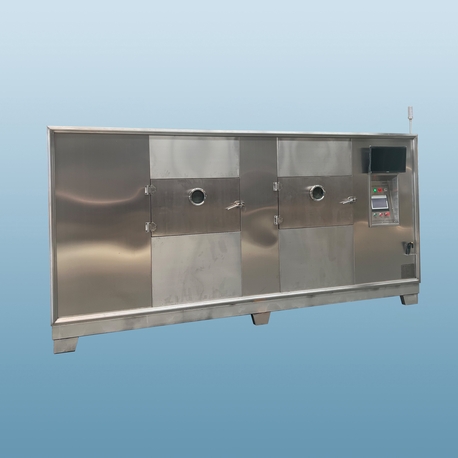
What is a Food Dehydrator?
A food dehydrator is an industrial or commercial appliance designed to remove moisture from various food items through controlled heating and airflow. This process, known as dehydration, inhibits the growth of microorganisms like bacteria, yeast, and mold, thereby preserving food for extended periods. In industrial contexts, a food dehydrator is often a large-scale system capable of handling bulk quantities, ranging from fruits and vegetables to meats and grains. These machines are engineered for efficiency, with features such as programmable temperature settings, multiple trays, and energy-saving mechanisms. The core principle involves circulating warm air evenly around the food, which evaporates water content without cooking the product. This results in lightweight, nutrient-dense foods that are ideal for storage, transportation, and further processing. The versatility of a food dehydrator makes it indispensable in sectors like agriculture, food manufacturing, and even herbal medicine, where moisture control is critical for quality and safety.
How Does a Food Dehydrator Work?
The operation of a food dehydrator revolves around simple yet effective thermodynamic principles. Typically, an industrial food dehydrator uses a heating element to generate warm air, which is then distributed by fans across perforated trays containing food products. The temperature is carefully regulated, usually between 95°F to 165°F (35°C to 74°C), to ensure gradual moisture removal without damaging sensitive nutrients or flavors. As the air flows, it absorbs moisture from the food surface, and this humid air is vented out of the system, allowing dry air to continue the process. Key components include the heating system, airflow mechanism, and control panels for precision. In advanced models, sensors monitor humidity levels and adjust parameters automatically to optimize drying times and energy use. This method is highly efficient compared to sun-drying or oven methods, as it provides consistent results and reduces the risk of spoilage. For instance, in commercial fruit processing, a food dehydrator can dry batches uniformly, ensuring product consistency and meeting industry standards for safety and quality.
Types of Food Dehydrators: From Home to Industrial Scale
Food dehydrator models vary widely based on scale, design, and application. In industrial and commercial settings, the most common types include cabinet dehydrators, tunnel dehydrators, and belt dehydrators. Cabinet dehydrators feature stacked trays in an enclosed unit, suitable for medium to large batches of diverse products like herbs or jerky. Tunnel dehydrators, on the other hand, use a conveyor belt system to move food through a heated tunnel, ideal for continuous, high-volume operations such as drying grains or vegetables. Belt dehydrators are similar but often include multiple zones for staged drying, enhancing efficiency for items with high moisture content. Additionally, there are vacuum and freeze-dry food dehydrator systems, which operate under low pressure and temperatures to preserve delicate structures, commonly used for premium products like instant coffee or pharmaceuticals. Each type offers distinct advantages; for example, industrial food dehydrator units are built with stainless steel materials for durability and hygiene, complying with international safety regulations. Choosing the right type depends on factors like production volume, product type, and energy constraints, making it essential for businesses to assess their specific needs.
Industrial Applications of Food Dehydrators
The applications of a food dehydrator in industrial and commercial sectors are vast and diverse. In the food industry, they are used for producing dried fruits, vegetables, and snacks, which are popular for their long shelf life and convenience. For instance, companies involved in supply chains for hiking or emergency food kits rely on a food dehydrator to create lightweight, nutritious options. In agriculture, a food dehydrator processes crops like grains, nuts, and spices, reducing post-harvest losses and enabling export to global markets. The pharmaceutical and cosmetic industries also utilize these devices to dry herbal extracts and active ingredients, ensuring potency and stability. Moreover, in the pet food sector, a food dehydrator is employed to make natural treats without preservatives. Beyond food, industrial food dehydrator systems are adapted for wastewater treatment and biomass drying, contributing to sustainability efforts. This wide-ranging utility underscores the importance of a food dehydrator in modern manufacturing, driving innovation and supporting economic growth across regions.
Benefits of Using Food Dehydrators in Commercial Settings
Implementing a food dehydrator in commercial operations offers numerous benefits, including cost savings, improved product quality, and environmental sustainability. By removing moisture, a food dehydrator significantly reduces the weight and volume of food, lowering transportation and storage costs. This is particularly advantageous for international trade, where shipping expenses can be prohibitive. Additionally, dehydration preserves nutrients like vitamins and minerals better than other methods, appealing to health-conscious consumers. From a safety perspective, a food dehydrator minimizes the risk of contamination and spoilage, extending shelf life and reducing food waste—a critical concern in global food security. Economically, businesses can diversify their product lines with value-added items such as dried spices or instant meals, increasing revenue streams. Environmentally, modern food dehydrator models are designed for energy efficiency, often incorporating heat recovery systems that lower carbon footprints. For example, in large-scale operations, a food dehydrator can integrate with renewable energy sources, aligning with corporate sustainability goals. Overall, the strategic use of a food dehydrator enhances operational efficiency and supports a circular economy.
How to Choose the Right Food Dehydrator for Your Business
Selecting the appropriate food dehydrator for industrial or commercial use requires careful consideration of several factors. First, assess the production capacity needed; high-volume operations may benefit from continuous tunnel dehydrators, while batch processes might suit cabinet models. The type of food or material being dried is also crucial, as different products have varying moisture contents and sensitivity to heat. For instance, a food dehydrator for delicate herbs should offer precise temperature control to avoid nutrient loss. Energy efficiency is another key aspect; look for models with certifications like ENERGY STAR or features such as insulated chambers and variable speed fans to reduce operating costs. Durability and maintenance are vital—industrial food dehydrator units should be made from corrosion-resistant materials like stainless steel and have easy-to-clean components to meet hygiene standards. Additionally, consider the availability of technical support and warranties, as downtime can impact productivity. Budget constraints and space limitations also play a role; modular food dehydrator systems might be ideal for expanding businesses. By evaluating these factors, companies can invest in a food dehydrator that maximizes ROI and aligns with long-term goals.
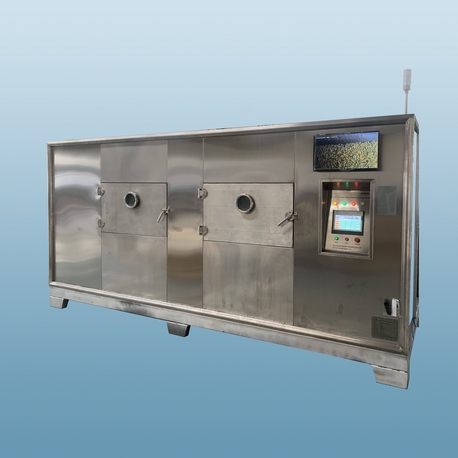
Maintenance and Safety Tips for Food Dehydrators
Proper maintenance and safety protocols are essential for the optimal performance of a food dehydrator in industrial environments. Regular cleaning is paramount to prevent cross-contamination and ensure food safety; this includes wiping down trays, filters, and interior surfaces after each use. For industrial food dehydrator systems, scheduled inspections by qualified technicians can identify issues like fan malfunctions or heating element wear before they cause downtime. Safety measures should include installing overload protection and emergency stop features to prevent accidents. Training staff on operating procedures, such as monitoring temperature settings and loading trays evenly, reduces the risk of errors. Additionally, a food dehydrator should be placed in a well-ventilated area to avoid overheating and ensure efficient moisture expulsion. Lubricating moving parts and calibrating sensors annually can extend the equipment's lifespan. In case of malfunctions, refer to the manufacturer's guidelines for troubleshooting—common issues include uneven drying or unusual noises, which may indicate airflow blockages. By adhering to these practices, businesses can maintain a reliable food dehydrator that upholds quality standards and safeguards both products and personnel.
FAQs About Food Dehydrators
Q1: What is the average drying time for a commercial food dehydrator?
A1: The drying time in a commercial food dehydrator varies based on factors like food type, thickness, and moisture content. Typically, it ranges from 4 to 24 hours. For example, fruits may take 6-12 hours, while meats can require up to 24 hours. Industrial models with advanced controls can optimize this process for efficiency.
Q2: Can a food dehydrator be used for non-food items?
A2: Yes, a food dehydrator is versatile and can be adapted for drying non-food items like flowers, herbs for crafts, or even certain laboratory samples. However, ensure the unit is cleaned thoroughly between uses to avoid contamination, and check manufacturer guidelines for compatibility.
Q3: How energy-efficient are industrial food dehydrators?
A3: Modern industrial food dehydrators are designed for high energy efficiency, often featuring insulation, heat recovery systems, and programmable settings that reduce electricity consumption. Many models meet international energy standards, helping businesses lower operational costs and environmental impact.
Q4: What safety certifications should I look for in a food dehydrator?
A4: When selecting a food dehydrator, look for certifications like UL, CE, or ISO, which indicate compliance with safety and quality standards. These ensure the equipment meets rigorous testing for electrical safety, material hygiene, and performance in industrial environments.
Q5: How do I clean and maintain a food dehydrator to ensure longevity?
A5: Regular cleaning involves disassembling trays and washing them with warm, soapy water, while the interior can be wiped with a damp cloth. For maintenance, inspect fans and heating elements monthly, and schedule professional servicing annually. Always follow the manufacturer's instructions to prevent damage and ensure optimal function.
In conclusion, a food dehydrator is a powerful tool in the industrial and commercial landscape, offering benefits from preservation to sustainability. By understanding its aspects, businesses can leverage this technology for growth and innovation.


